Recently, the State Council and the Central Military Commission announced the “Interim Regulations on the Flight Management of Unmanned Aerial Vehicles” (hereinafter referred to as the “Regulations”). This is the first specialized administrative regulation for the management of unmanned aerial vehicles (UAVs) in China. Many aerial photographers are concerned about how the implementation of these regulations will affect their flying activities and business. Below, we have organized and interpreted the full text of the regulations.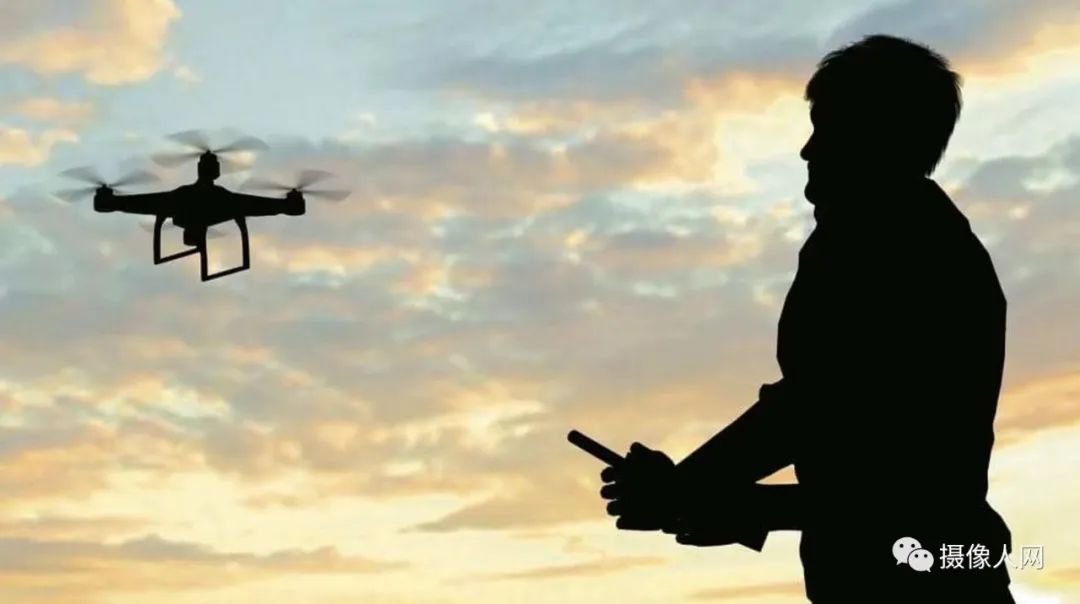
What type of civil unmanned aerial vehicle do we usually use?
The most commonly used drones for aerial photography generally fall under the category of micro or light civil unmanned aerial vehicles. However, it is important to note that the classification is based not only on weight but also on maximum cruising speed. Taking DJI products as an example, the DJI Mini series drones weigh less than 250 grams, but their maximum cruising speed reaches 16 meters/second (57.6 kilometers/hour), which exceeds the 40 kilometers/hour standard. Therefore, they should still be classified as light drones rather than micro drones.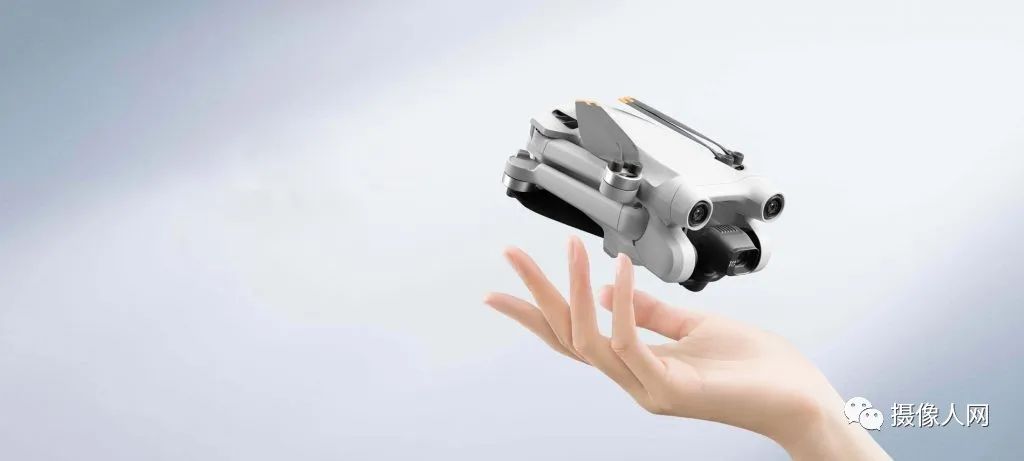 Meanwhile, the Mavic and Phantom series drones are classified as light, and even the Inspire 3 perfectly meets the light standard. Additionally, FPV models like DJI FPV and Avata are also considered light, as the domestic versions have maximum flight speeds below 100 kilometers/hour.
Meanwhile, the Mavic and Phantom series drones are classified as light, and even the Inspire 3 perfectly meets the light standard. Additionally, FPV models like DJI FPV and Avata are also considered light, as the domestic versions have maximum flight speeds below 100 kilometers/hour.
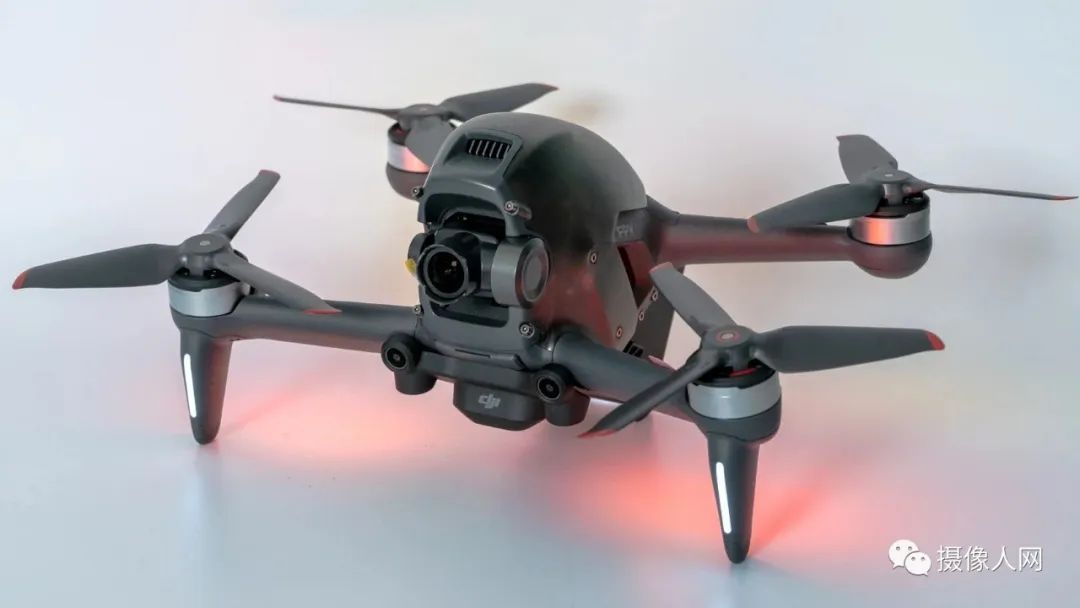
Article 2: Engaging in the flight of unmanned aerial vehicles and related activities within the territory of the People’s Republic of China shall comply with these regulations.Unmanned aerial vehicles referred to in these regulations are aircraft without onboard pilots and equipped with their own power systems.Unmanned aerial vehicles are classified according to performance indicators into micro, light, small, medium, and large categories.
Article 62: The meanings of the following terms in these regulations are as follows: (2) Micro unmanned aerial vehicles refer to those with an empty weight of less than 0.25 kilograms, a maximum flight altitude not exceeding 50 meters, a maximum cruising speed not exceeding 40 kilometers/hour, and radio transmission equipment that meets the requirements for low-power short-distance technology, which can be manually controlled at any time during the flight. (3) Light unmanned aerial vehicles refer to those with an empty weight not exceeding 4 kilograms and a maximum takeoff weight not exceeding 7 kilograms, a maximum cruising speed not exceeding 100 kilometers/hour, equipped with airspace management capabilities and reliable monitoring capabilities, which can be manually controlled at any time during the flight, but do not include micro unmanned aerial vehicles.
Do I need to register my drone under my real name?
Yes, all drones must be registered under a real name, regardless of whether they are micro, light, or larger types; otherwise, administrative penalties may apply.
Article 10: Owners of civil unmanned aerial vehicles shall register under their real names in accordance with the law, and the specific methods shall be formulated by the civil aviation authority of the State Council in conjunction with relevant departments.
Article 47: Violating the provisions of these regulations, civil unmanned aerial vehicles that engage in flight activities without real-name registration shall be ordered to correct by the public security organs and may be fined less than 200 yuan; for serious circumstances, fines of 2,000 to 20,000 yuan may be imposed.
How can I obtain airworthiness approval for my self-assembled drone?As long as you are assembling a small or smaller drone, you do not need to obtain airworthiness approval, but the product quality must comply with regulations.
Article 8: Engaging in the design, production, import, flight, maintenance, and assembly of micro, light, and small civil unmanned aerial vehicle systems does not require airworthiness approval, but the relevant products must comply with the relevant provisions of product quality laws and regulations and relevant mandatory national standards.
Do I have to buy insurance for my drone?As mentioned earlier, most of the drones we have are classified as micro or light civil unmanned aerial vehicles. If you are only using them for fun and not for commercial activities, you do not need to purchase insurance. However, if you are engaged in commercial activities, you must purchase liability insurance regardless of the type of drone used; otherwise, you will face fines.
Article 12: Engaging in commercial flight activities with civil unmanned aerial vehicles, as well as using small, medium, and large civil unmanned aerial vehicles for non-commercial flight activities, shall legally purchase liability insurance.
Do I need to apply for a civil unmanned aerial vehicle operator license?Flying micro and light drones does not require any license; only operators of small and larger drones need this.
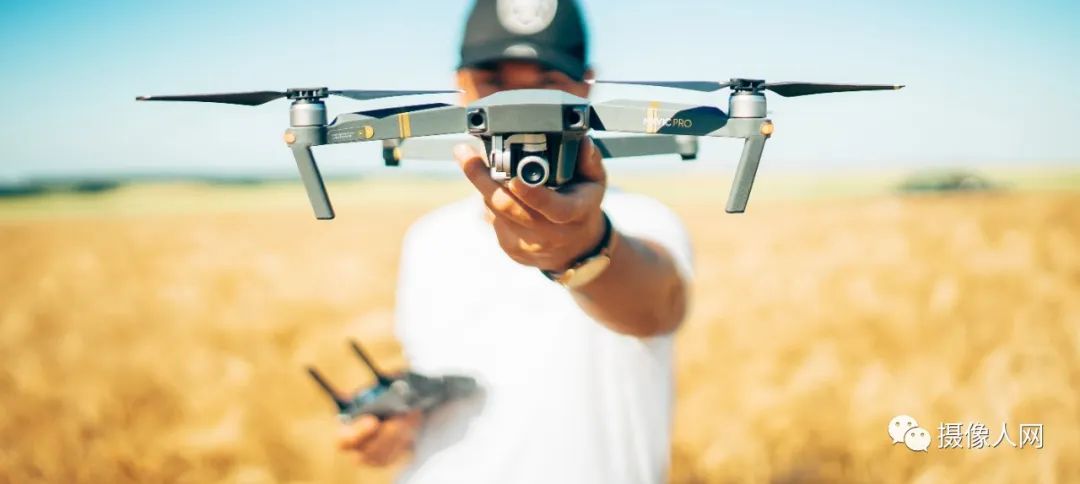
Article 16: Personnel operating small, medium, and large civil unmanned aerial vehicles must meet the following conditions and apply to the civil aviation authority of the State Council for the corresponding civil unmanned aerial vehicle operator license (hereinafter referred to as the operator license).(1) Must have full civil capacity;(2) Must have received safety operation training and passed the assessment by the civil aviation management department;(3) Must not have a medical history of diseases that may affect the operation of civil unmanned aerial vehicles, nor a record of drug abuse;(4) Must not have a criminal record for intentional crimes that endangered national security, public safety, or infringed on the personal rights of citizens, or disturbed public order within the last five years.
Do film companies need any licenses to engage in aerial photography business?If your company only has micro drones, you do not need to apply for an operational qualification certificate. In other cases, as long as it is a unit entity, even if not engaged in commercial activities, you need to apply for a civil unmanned aerial vehicle operational qualification certificate.
Article 11: Units using civil unmanned aerial vehicles other than micro drones for flight activities must meet the following conditions and apply to the civil aviation authority of the State Council or regional civil aviation management agencies (hereinafter collectively referred to as civil aviation management departments) for a civil unmanned aerial vehicle operational qualification certificate (hereinafter referred to as operational qualification certificate):(1) Have the necessary management organization, management personnel, and operators that comply with the provisions of these regulations for safe operation;(2) Have unmanned aerial vehicles and related facilities and equipment that meet safety operation requirements;(3) Have management systems and operating procedures necessary for safe operation, ensuring the ability to continuously implement safe operations according to the systems and procedures;(4) Units engaged in commercial activities must also be profit-making legal entities.
What are the regulations regarding flight restricted areas in the new rules?
This involves a term: true height. In simple terms, true height refers to the vertical height of the aircraft from a reference level (usually the ground). In other words, the new regulations set a height limit of 120 meters, which may disappoint many pilots. If you need to fly above this height, you must apply for approval. The new regulations also stipulate provisions regarding controlled airspace and temporary controlled airspace.
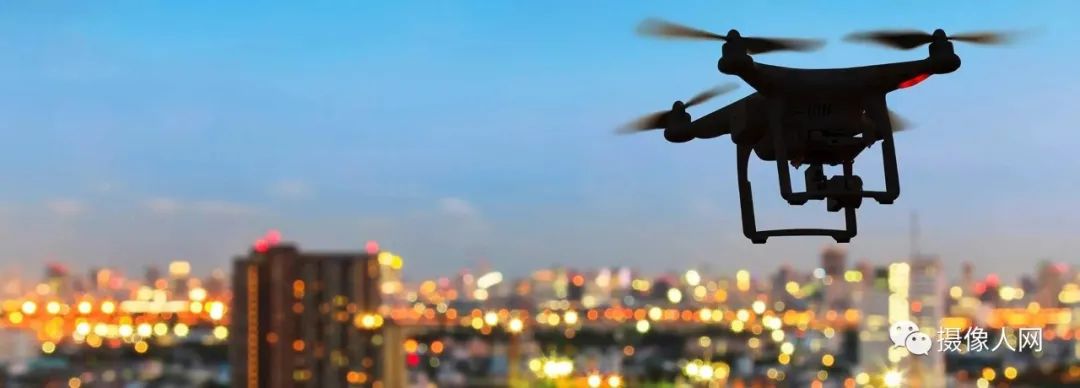
Article 19: The state shall designate controlled airspace for unmanned aerial vehicles as needed (hereinafter referred to as controlled airspace). Airspace above 120 meters true height, airspace prohibited for flight, airspace restricted for flight, and surrounding airspace, military aviation low-altitude flight airspace, as well as airspace above the following areas shall be designated as controlled airspace:……
Article 20: In special circumstances, controlled airspace may be temporarily increased, and the air traffic management agency shall determine the horizontal and vertical scope and usage time of the relevant airspace in accordance with national regulations.
Do I need to apply for approval for every flight?For aerial photographers, using small and smaller drones in suitable flying areas generally does not require approval, unless you need to fly over densely populated areas. It is also important to note that indoor flights are not covered by these regulations.
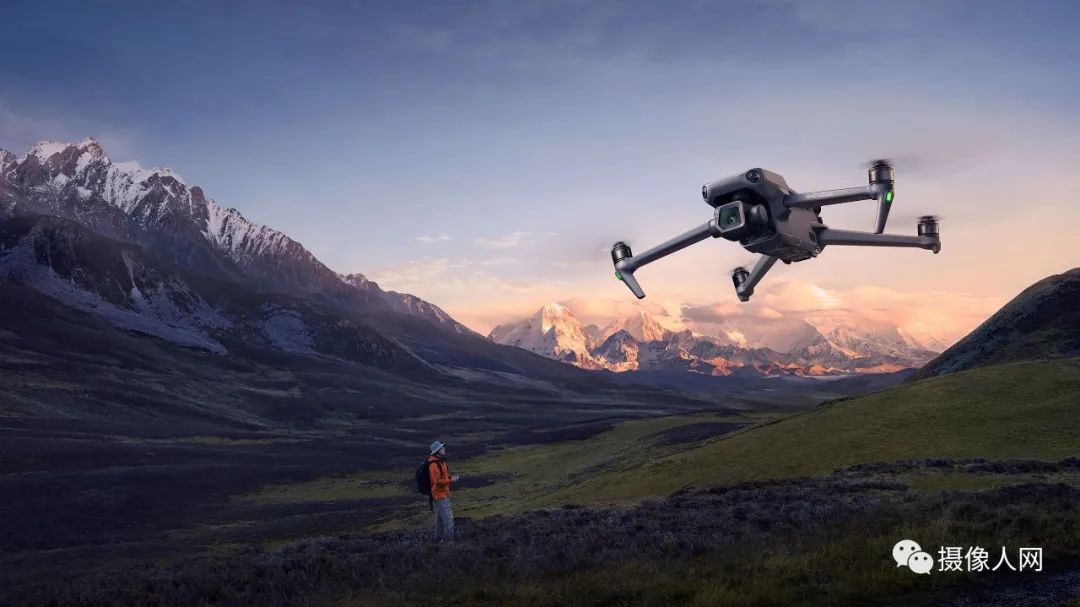
Article 31: Organizing unmanned aerial vehicles to carry out the following flight activities does not require submitting a flight activity application to the air traffic management agency:(1) Flight activities of micro, light, and small unmanned aerial vehicles in suitable flying areas;……
Article 57: ……Unmanned aerial vehicles flying indoors are not subject to these regulations.
My drone is noisy; can I use counter-drone devices to shoot it down?The regulations have added control provisions for counter-drone devices, which can only be equipped by military and police departments and authorized important targets, and their use will also be strictly supervised. No unit or individual may privately own or use such devices; otherwise, they will be confiscated and fined. Therefore, in the case of drone disturbances, it is recommended to report to the police for handling, and the public security organs will impose penalties.
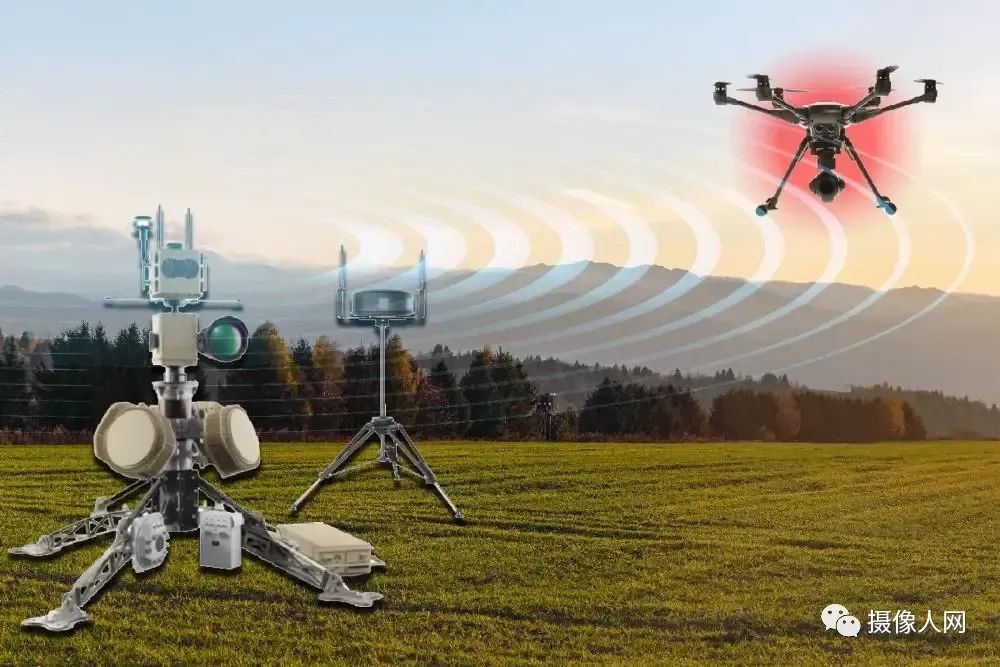
Article 43: The military, police, and high-risk anti-terrorism key target management units authorized by the public security organs according to national anti-terrorism work leadership regulations may legally equip counter-drone devices, and their setting and use shall be strictly controlled under the guidance and supervision of public security organs or relevant military agencies.No unit or individual may illegally own or use unmanned aerial vehicle countermeasures.
Article 34: It is prohibited to use unmanned aerial vehicles to carry out the following acts:(1) Illegally photographing military facilities, military industrial facilities, or other sensitive locations;(2) Disrupting the work order of agencies, groups, enterprises, and public places;(3) Obstructing the lawful performance of duties by state agency personnel;(4) Dropping propaganda materials or other items containing illegal content;(5) Endangering the safety of public facilities, units, or personal property;(6) Endangering the life and health of others, illegally collecting information, or infringing on the personal rights of others;(7) Illegally obtaining or leaking state secrets, or unlawfully providing data information to foreign entities;(8) Other acts prohibited by laws and regulations.
The “Interim Regulations on the Flight Management of Unmanned Aerial Vehicles” will come into effect on January 1, 2024.
Source: Photography People WeChat Official Account